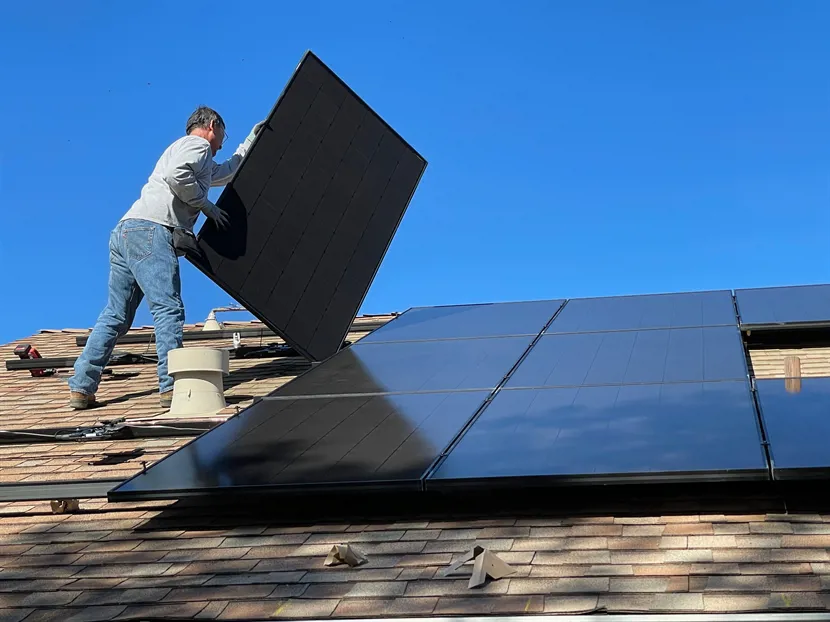Embracing Eco-Friendly Houses: Paving the Way to Sustainable Living in Europe

In recent years, the importance of eco-friendly houses has become increasingly evident in Europe. With a growing shift towards sustainable design and energy efficiency, homeowners and builders are recognizing the need to create living spaces that minimize environmental impact and promote a healthier future for all. This blog post dives into the significance of eco-friendly houses in Europe, explores sustainable design principles, highlights the benefits of these houses, discusses challenges and solutions, and showcases inspiring case studies.
Importance of Eco-Friendly Houses in Europe
Europe is renowned for its commitment to environmental conservation and sustainable practices. As the effects of climate change become more pressing, the construction industry plays a crucial role in reducing carbon emissions and promoting sustainable living. Eco-friendly houses offer a viable solution by significantly reducing energy consumption, preserving natural resources, and minimizing the carbon footprint associated with residential buildings.
Sustainable Design in Eco-Friendly Houses
To achieve truly eco-friendly houses, sustainable design principles are crucial. Architects and builders are adopting innovative strategies that prioritize the use of natural materials, passive design techniques, and water-saving features.
Eco-friendly houses employ sustainable building materials, such as bamboo and reclaimed wood, minimizing ecological impact. They harness the power of natural lighting and ventilation, reducing reliance on artificial lighting and mechanical cooling systems.
Passive design techniques optimize the house's orientation for solar gain, effectively using sunlight for natural heating and lighting. Green roofs and walls enhance insulation, promote biodiversity, and combat the urban heat island effect.
Eco-friendly houses incorporate water-saving fixtures, efficient irrigation systems, and innovative solutions like rainwater harvesting and greywater recycling. These measures minimize water wastage and contribute to sustainable water management.
Energy Efficiency in Eco-Friendly Houses
Energy efficiency is a cornerstone of eco-friendly houses. By integrating renewable energy sources, employing high-performance insulation and windows, and leveraging smart home technology, these houses significantly reduce energy consumption and promote a more sustainable lifestyle.
Solar panel installations for electricity generation and geothermal heating and cooling systems are popular choices for eco-friendly houses. These renewable energy sources provide clean and sustainable power, reducing reliance on non-renewable resources.
Advanced insulation materials and triple-glazed windows with low emissivity coatings contribute to superior thermal insulation, reducing heat transfer and energy loss. This enhances the efficiency of heating and cooling systems.
Eco-friendly houses employ smart home technology to optimize energy usage. Energy monitoring systems, smart thermostats, automated lighting controls, and energy-efficient appliances allow homeowners to effectively manage their energy consumption, further reducing their ecological footprint.
Benefits of Eco-Friendly Houses in Europe
Embracing eco-friendly houses in Europe brings numerous benefits, encompassing environmental, economic, and health aspects.
Environmental Benefits: Eco-friendly houses significantly reduce carbon emissions and energy consumption, making a substantial contribution to the fight against climate change. They also help preserve natural resources and ecosystems by promoting sustainable construction practices and minimizing waste generation.
Eco-friendly houses offer lower energy bills and operating costs. Additionally, investing in sustainable housing solutions can potentially increase property value, making it a financially wise decision in the long run.
Eco-friendly houses prioritize indoor air quality, thermal comfort, and a connection with nature. Enhanced insulation and ventilation systems ensure a healthier indoor environment, reducing the risk of respiratory issues and allergies. Biophilic design elements foster a sense of well-being and a stronger connection with the natural world.
Challenges and Solutions
While eco-friendly houses hold great promise, several challenges must be addressed. These challenges include initial cost considerations, education and awareness, and policy and regulations.
One primary concern regarding eco-friendly houses is the perceived higher upfront costs. However, eco-friendly financing options and incentives, coupled with long-term savings on energy bills and return on investment, make these houses economically viable.
Promoting sustainable design practices among architects, builders, and homeowners is crucial. Increasing awareness about the benefits of eco-friendly houses, both in terms of environmental impact and personal well-being, encourages broader adoption of sustainable housing solutions.
Governments can play a vital role by implementing stricter building codes and certifications, encouraging eco-friendly practices. Incentives and support for renewable energy adoption can create an environment conducive to sustainable living.
To sum it up...
The demand for eco-friendly houses in Europe is rising, driven by a growing awareness of the importance of sustainable living. Sustainable design principles and energy-efficient features not only minimize environmental impact but also provide economic advantages and enhance the well-being of occupants. Overcoming challenges through financing options, education, and supportive policies can accelerate the adoption of eco-friendly housing solutions. It is crucial that individuals embrace these sustainable choices and actively contribute to a greener, healthier future for generations to come.
- December 2023 (1)
- September 2023 (14)
- August 2023 (1)
- July 2023 (1)
- June 2023 (12)
- February 2023 (1)
- January 2023 (4)
- December 2022 (7)
- November 2022 (3)
- October 2022 (1)
- September 2022 (2)
- August 2022 (1)
